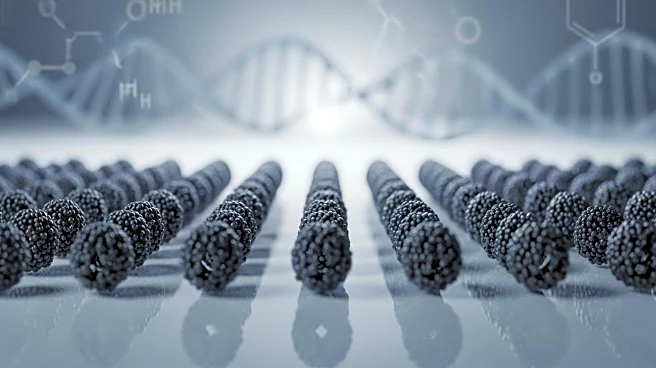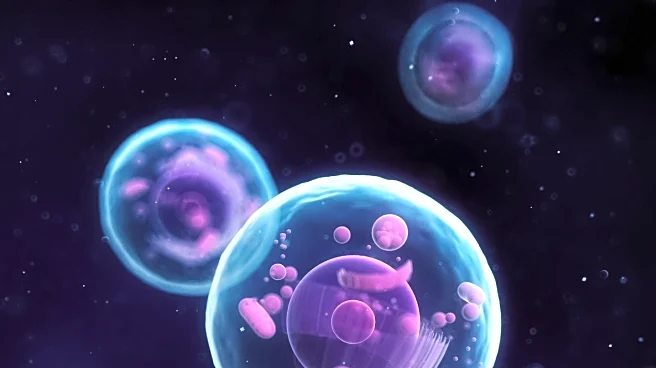What's Happening?
A multicenter retrospective study conducted across 21 Italian centers has demonstrated the efficacy of CPX-351 in treating secondary acute myeloid leukemia (sAML) in patients under 60 years of age. The
study involved 113 patients aged 18 to 59, who received CPX-351 as first-line therapy. The overall response rate (ORR) was 64.6%, with 54.9% achieving complete remission. The study highlighted the impact of cytogenetic factors, such as complex karyotype and TP53 mutations, on treatment outcomes. Patients with TP53 mutations had poorer prognosis, while those who underwent hematopoietic stem cell transplantation (HSCT) in first remission showed improved survival rates.
Why It's Important?
The findings are significant as they expand the understanding of CPX-351's effectiveness beyond the older patient demographic typically studied in phase III trials. The study suggests that younger patients with sAML can achieve higher remission rates and better survival outcomes, particularly when HSCT is performed in first remission. This could influence treatment protocols and improve prognoses for younger sAML patients, potentially leading to more personalized treatment strategies based on genetic markers.
What's Next?
The study underscores the need for optimizing HSCT timing and access, especially for high-risk subgroups with adverse genetic markers. Further research may focus on comparing CPX-351 with other treatment regimens, such as HMA-VEN, to establish the most effective approach for younger sAML patients. Prospective randomized trials could provide more definitive conclusions on the best treatment strategies.
Beyond the Headlines
The study highlights the importance of genetic profiling in determining treatment outcomes for sAML patients. The adverse impact of TP53 mutations on remission and survival suggests that genetic testing should be integral to treatment planning. Additionally, the study raises questions about the role of HSCT in mitigating genetic risks, which could lead to advancements in transplant strategies for leukemia patients.











